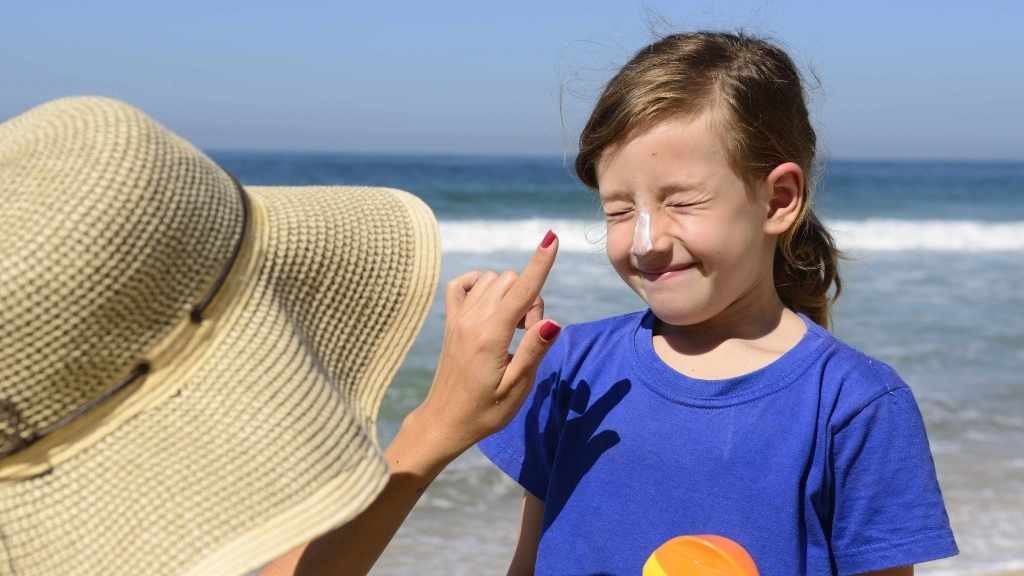-
Cancer
Protect Yourself: First Seasonal Sun Exposure
Many students and families are heading to the beach during spring break to enjoy sun-soaked time away. The first seasonal exposure to the sun can be exciting; however, it also comes with risks. Mayo Clinic dermatologist Dr. Dawn Marie Davis says there are both immediate and long-term effects to sun exposure that include skin damage, skin cancer and premature aging.
Sun fever
Dr. Davis says, "You can get a fever from excessive sun exposure. Stay cool, drink plenty of water, wear sunscreen and protective clothing, and seek shade." She adds, "Excess sun exposure triggers the immune system — similar to contracting an infection. This is why people feel feverish and chilled when sunburned."
Tanning
For those who want a tan, Dr. Davis advises, "You can get a tan from sunless tanner. This is safe, inexpensive, and lasts seven to 10 days. Any tan from the sun is unhealthy. The tan is a sign of skin damage. It causes you to be at risk for skin cancer. It also causes premature aging of the skin."
Avoid a sunburn
"Wear sunscreen and photo protective clothing — fabric that offers UV protection. This will help decrease the likelihood of sunburn and development of polymorphous light eruption." Dr. Davis says it doesn't have to be sunny outside to get a sunburn, "Ultraviolet light passes through glass, and it reflects off of snow, water, and concrete. The UV light also passes through clouds. It is possible to get sunburned on cloudy days."
- Pinkness or redness
- Skin that feels warm or hot to the touch
- Pain, tenderness or itching
- Swelling
- Small fluid-filled blisters that may break
- Headache, fever, chills and fatigue if the sunburn is severe
For sunburn relief, try using over-the-counter pain relievers and medications that control itching. They can reduce pain, swelling and discomfort; however, they will not heal the skin or prevent damage. See your health care provider if you develop large blisters, high fever, headache, severe pain, dehydration, confusion, nausea or chills, or if the sunburn doesn't respond to at-home treatments.








